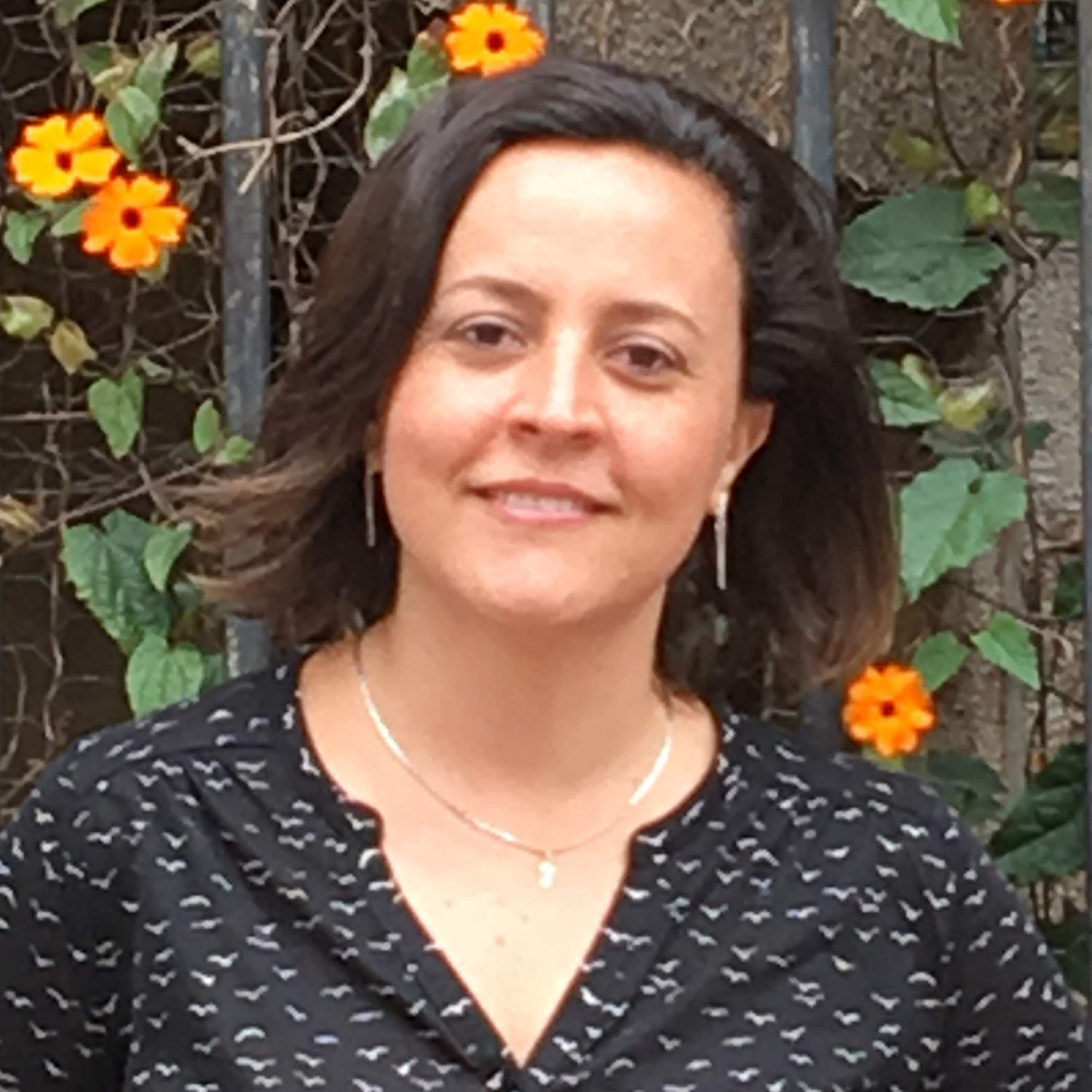In June, the fact-checking community was introduced to CheckNews.fr.
The project, which debuted at the fifth annual Global Fact-Checking Summit, was the first project launched with the support of Fact Forward, the International Fact-Checking Network’s innovation fund. It was a promising on-demand fact-checking platform that had received about 8,000 questions from the public and published about 1,600 unique responses.
CheckNews’ website — which is run by French newspaper Libération — had about 3.5 million monthly users before it received the Fact Forward grant. But fact-checker and project lead Pauline Moullot and a team of other seven journalists wanted to make it bigger.
In December 2018, after receiving the $50,000 grant, CheckNews tripled its audience and set a new record for itself: 11 million pageviews in one month. Caught in the middle of the Yellow Vest protests in France, CheckNews found a way to separate fact from fiction by analyzing text, photos and videos sent by its readers. This is how it came to make up a third of Libération’s total audience.
Meet CheckNews, the winner of the IFCN Innovation Fund, Fact Forward
Now the IFCN is taking applications until March 29 for Fact Forward’s second edition. In honor of the occasion, Moullot spoke with Poynter about how CheckNews grew so fast and became the seed for FactCheckEU, a new initiative that united 19 media outlets in Europe to fact-check statements about the upcoming parliamentary elections. This email Q-and-A has been shortened and edited for clarity.
What were/are the main journalistic goals behind CheckNews?
We still have the same perspective as last year. Our guiding principle is to restore the trust of our readers; build a new and direct relationship where we explain how we work and try to stress that we have no bias and political agenda. To be convincing, we try to respond to as many questions as possible on varied topics. The only limit is our team not being burnout. Hence, we’ve moved from basic fact-checking to broader explainers and even investigative pieces.
How big is CheckNews’ team now? Have you experienced a rise in the audience?
We are now nine journalists because we hired a science specialist. The average of our audience in the last couple of months is 5 to 6 million pageviews every 30 days. But, in December, at the highest point of the Yellow Vests movement, we had almost 11 million pageviews.
Wow! Eleven million pageviews means you have tripled your audience in relation to what you had in June.
Yeah. In some days, our audience summed up to a third of Libé’s total audience.
How many requests do you receive through CheckNews? How many do you answer?
Not counting questions we receive by Twitter, Facebook and through our email address, we have received more than 18,000 questions. You should keep in mind that many of them are repeated. On a hot topic, like those related to the Yellow Vest movement, we can receive the same question about 10 times.
This fact-checker completely changed its brand to focus more on audience
How hard is it to fact-check the Yellow Vest movement?
There are many viral images of police violence spreading on social media. So the requests to check them (rose), too. And most of these videos and photos are true. Which puts us in a position of explaining what happened, reaching out to witnesses and showing that police violence was not always fake news but a real problem.
How did people react to that?
It helped us gain the trust of many Yellow Vests who are known for their defiance toward traditional media.
What was the most innovative part of CheckNews? Do you already see a legacy?
Having direct responses to our audience as a systematic and editorial choice was the most innovative part of this project. Now, the reader decides what we are going to write about. In terms of legacy, we can see other media outlets inviting their readers to ask them questions. Some even mention in their articles that they chose a specific topic to write about because a reader questioned them.
What were CheckNews failures? What went wrong?
Communication. Being part of a broader newsroom leads us to sometimes work on the same subjects as our colleagues at Libé, and we must communicate better to explain what we do and how we do it. We had a rule of responding to every question about Libé and sometimes it wasn’t well understood or perceived even by our colleagues within the newsroom. Some were afraid we would disclose information that might hurt our image.
Oh, I see. But CheckNews took Libé to FactCheckEU, right? Wasn’t it the seed for this collaborative project? Tell me about it.
Thanks to the Fact Forward innovation fund we were able to develop a whole website to collaboratively fact-check the European parliamentary elections. Now, 19 media outlets from 10 different countries will publish fact-checks about the elections on the same platform and share them in 11 different languages. Checknews scaled up to the European level!
Correction: A previous version of this article falsely stated that Pauline Moullot is director of CheckNews. In fact, she’s a fact-checker and project lead.
19 fact-checkers are teaming up to fight misinformation about the EU elections







